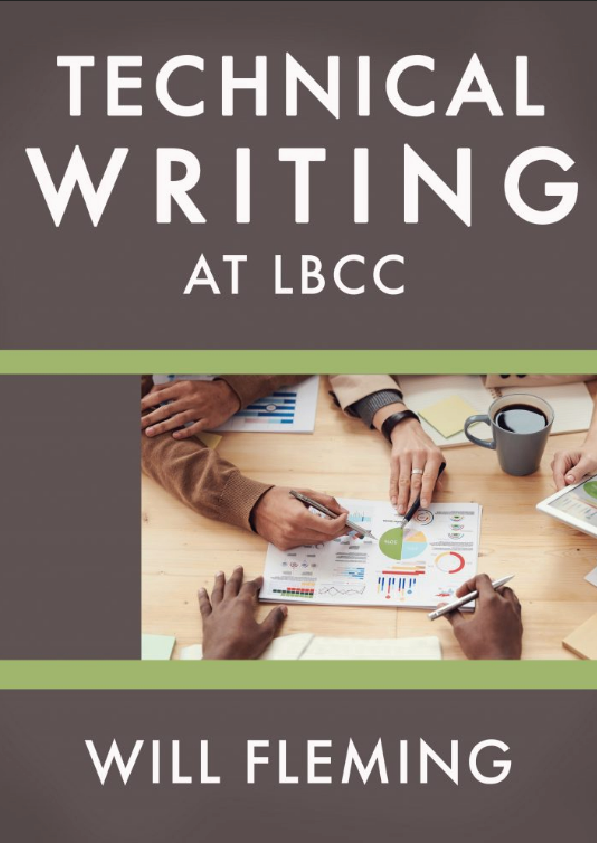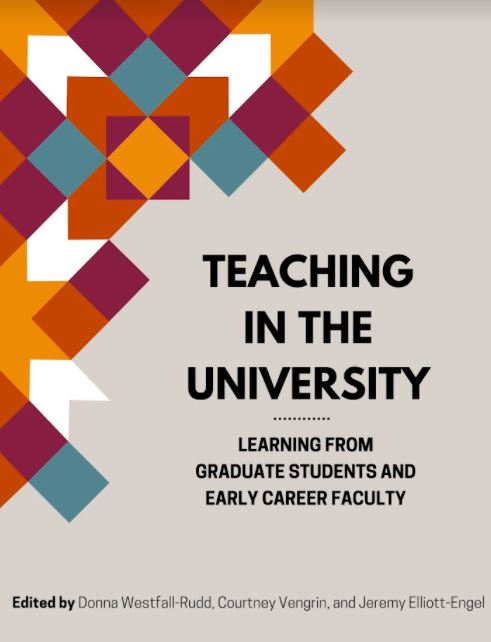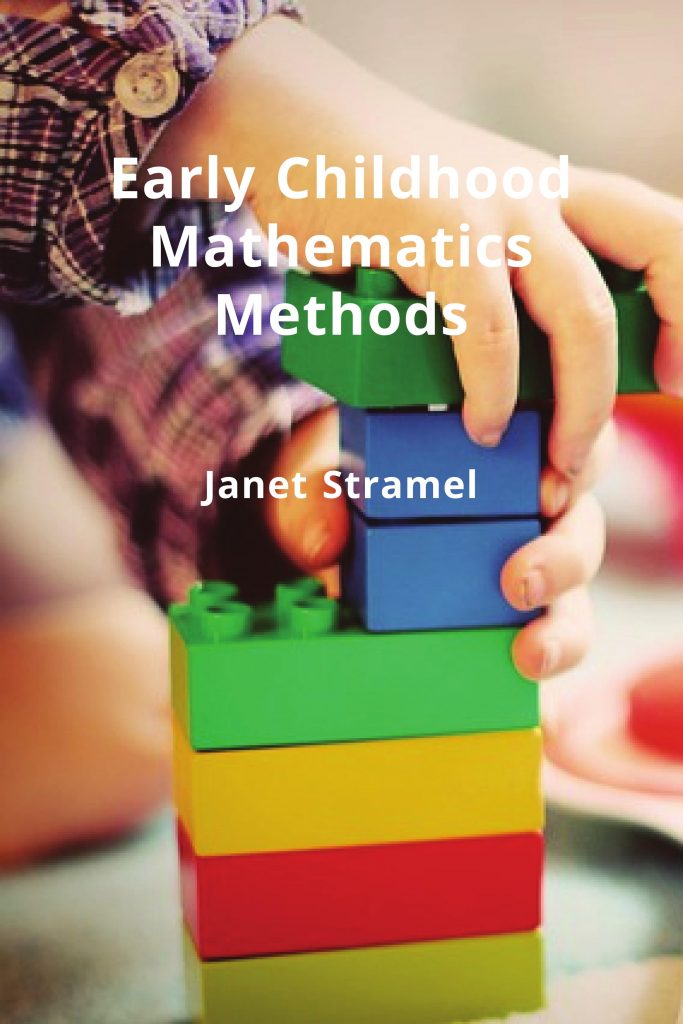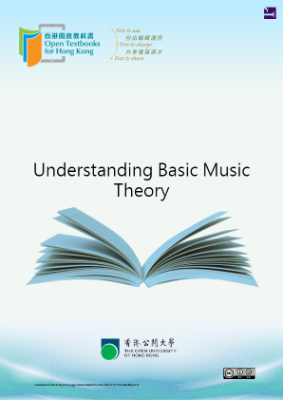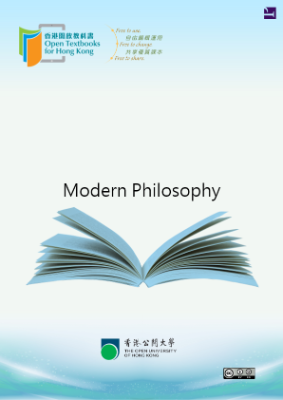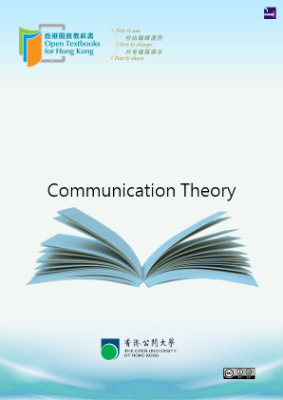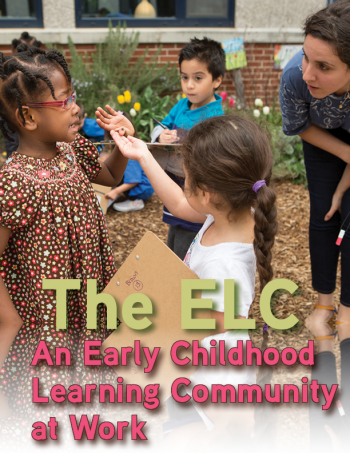The following chapters will introduce and define technical writing in more depth, but you might be surprised to know that you use technical documentation on a regular basis. Any time you read printed instructions, technical specifications, or business correspondence, you’re encountering different forms of technical writing. You may have done some technical writing already, such as writing a cover letter or formatting a resume. You may even engage in technical writing on a daily basis if, for example, you communicate with your co-workers, classmates, or instructors via email, forums, blogs, and/or social media platforms.
This course and this textbook will provide you instruction and practice in writing documents commonly used in the workplace, such as emails, memos, and letters, as well as employment documents, such as resumes and cover letters. You will also learn about writing descriptions, summaries, instructions, proposals, and various technical reports. You will learn about the importance of audience and purpose in technical communication and how to choose a format and style appropriate for your specific audience and purpose. You will also have an opportunity to work collaboratively with your classmates.
professionals than ever before. …writing today is not a frill for the few, but an essential skill for the many.” Put simply, good communications skills, particularly in writing, are essential for success in today’s workplace. This textbook’s aim is to help prepare you to succeed.
Writing 227 (Technical Writing) along with this textbook introduces students to the types of writing they will encounter in business, industry, the academic world, and government. It examines the rhetorical nature of writing and asks students to think critically about content, audience, argument and structure. Students will learn how to effectively design documents, present instructions, create proposals and produce technical documents and reports.
The course and this textbook will help you become more successful at:
- Analyzing the rhetorical needs (the needs of your audience in relationship to the document) for college-level evidence-based technical writing assignments;
- Applying appropriate levels of critical thinking strategies (knowledge, comprehension, application, analysis, synthesis, evaluation) in written assignments, with an emphasis on technical, evidence-based analysis, reporting, application, and evaluation;
- Implementing appropriate rhetorical elements and organization (executive summary, introduction, thesis, development and research-based support, visual evidence, conclusion, etc.) in written assignments, with an emphasis on technical evidence-based analysis, reporting, and evaluation assignments;
- Locating, evaluating, and integrating high-quality information and opinion appropriate for technical evidence-based assignments; and
- Crafting sentences and paragraphs that communicate their ideas clearly and effectively using words, sentence patterns, and writing conventions to make your writing clear, credible, and precise.
When you hear the term “technical communication,” what comes to mind? Perhaps you think of scientific reports, specifications, instructions, software documentation, or technical manuals. And you would be correct. However, technical communication is so much more than that.
Technical Writing is a genre of non-fiction writing that encompasses not only technical materials such as manuals, instructions, specifications, and software documentation, but it also includes writing produced in day-to-day business operations such as correspondence, proposals, internal communications, media releases, and many kinds of reports. It includes the communication of specialized technical information, whether relating to computers and scientific instruments, or the intricacies of meditation. And because oral and visual presentations are such an important part of professional life, technical communication also encompasses these as well.
Put simply, technical communication is the delivery of technical information to readers (or listeners or viewers) in a manner that is adapted to their needs, level of understanding, and background. The Society of Technical Communications (STC) defines technical communication as a broad field that includes any form of communication that is about technical or specialized topics, that uses technology, such as web pages or help files, or that provides instruction about how to do something.
This textbook aims to introduce the basic conventions of technical communication, including learning how to take an audience-centered approach to your communications, how to assess your rhetorical situation (purpose, audience, context), and how to use the tools and methods of technical communicators to deliver information to your target audience and achieve your desired results.
